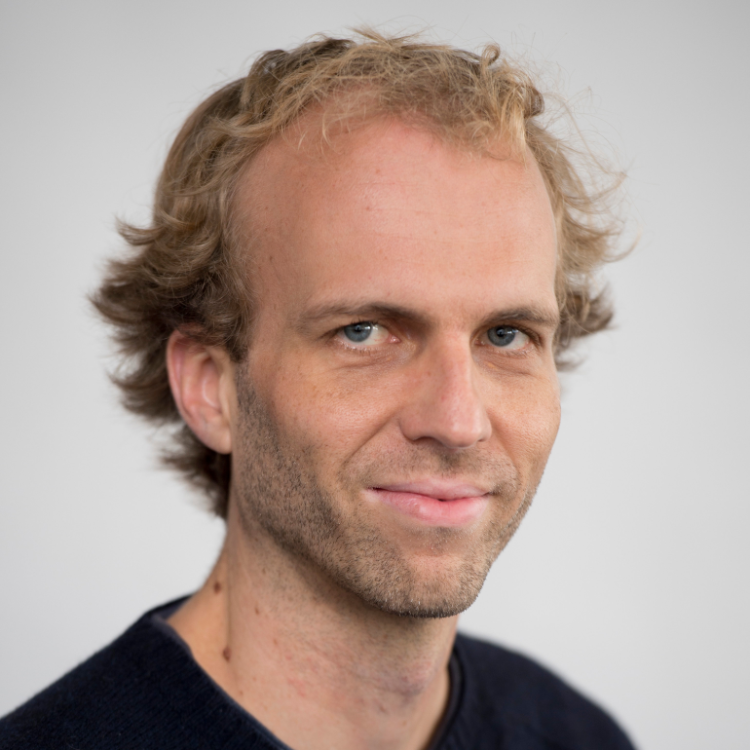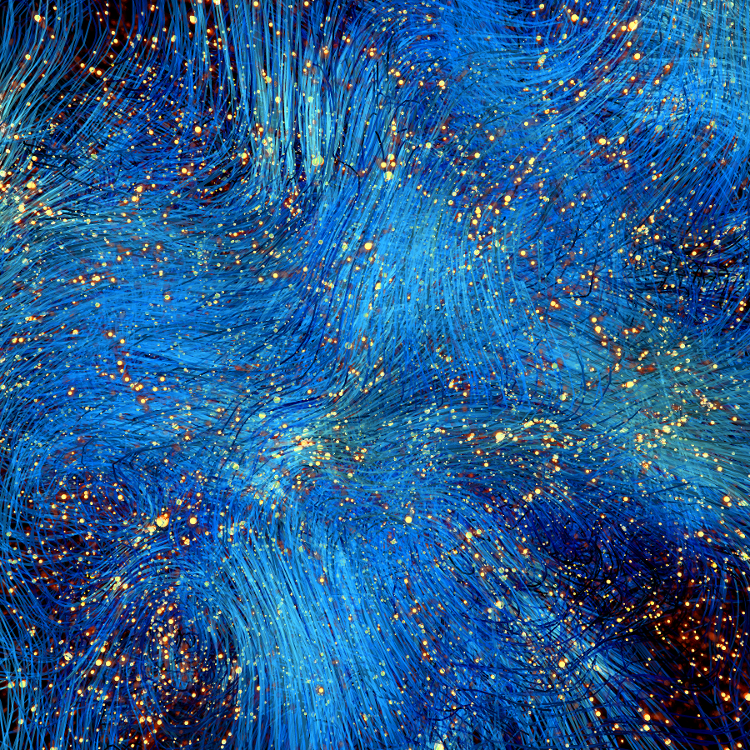Meet a Space Scientist: Julian Adamek
This month we have interviewed Julian Adamek, SNF-Eccellenza Professor at the Institute for Computational Science (University of Zurich). Julian is a cosmologist and works on computer models to integrate relativist effects in the simulations of our Universe.
This interview is part of a series about the UZH researchers involved in Euclid, as ESA space mission which will take off from Cape Canaveral in July 2023.

What is your field of expertise?
As cosmologist I study the evolution of the Universe. I am particularly interested in applying Einstein’s general relativity in our computer models of the Universe, as well as in the interpretation of our observations. Relativistic effects are often very subtle, and it is only a huge amount of extremely precise data that will allow us to see them. Even then, a lot of work is necessary to figure out all the details.

What are the current open questions which Euclid will help you answer?
My aim is to use the data collected by Euclid to test general relativity on cosmological scales. This has never been done with galaxy surveys because the effects we are looking for are very small. Big data like those from Euclid are a real game-changer in this respect, as we can extract even tiny signals with high statistical significance. We want to see that general relativity is indeed the correct description of gravity all the way to cosmological distance scales. After all, this beautiful theory is the foundation on top of which all our understanding of the Universe rests!

Since how long are you involved in the Euclid mission, and what is your role?
I’ve been involved in Euclid for about a decade now, but the last two or three years have certainly been the most intense as we are now gearing up for the launch of the mission. I have been particularly involved in testing our computer models of the Universe to make sure they are fit for purpose once the data arrives. For instance, we wanted to see if we can model the effect of cosmic neutrinos on the galaxy distribution robustly. Together with my team at UZH I am also studying some of the relativistic aspects mentioned earlier. Generally speaking, at our institute we do research on the theory side and on cosmological simulations for Euclid.
What would be the greatest discovery which you hope to get with Euclid?
Everyone hopes to get a better understanding of dark energy and dark matter, but the greatest discoveries often come from unexpected places. For example, conclusive evidence for global spatial curvature, meaning that space on average has a curved geometry, would completely shift our current paradigm for the origin of the Universe. Also, a failure to detect the presence of cosmic neutrinos would have interesting implications for particle physics.